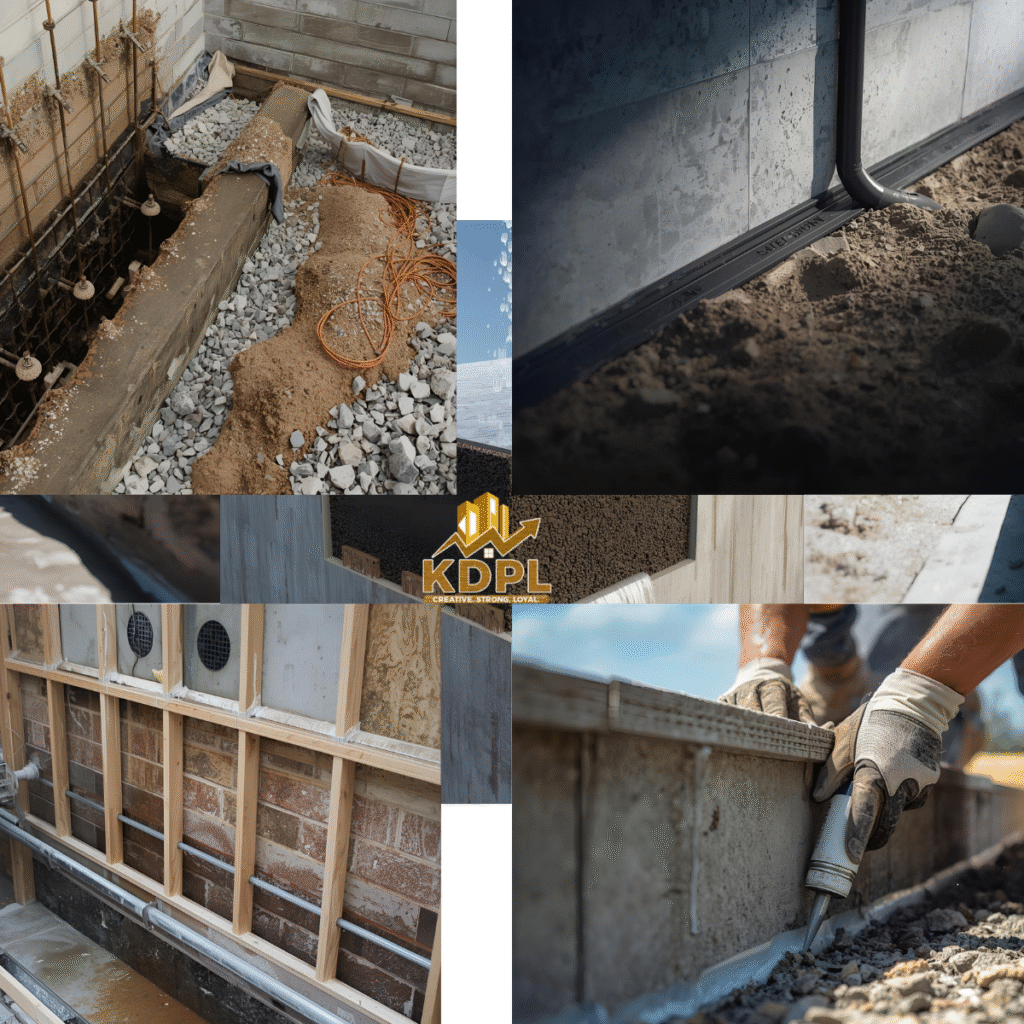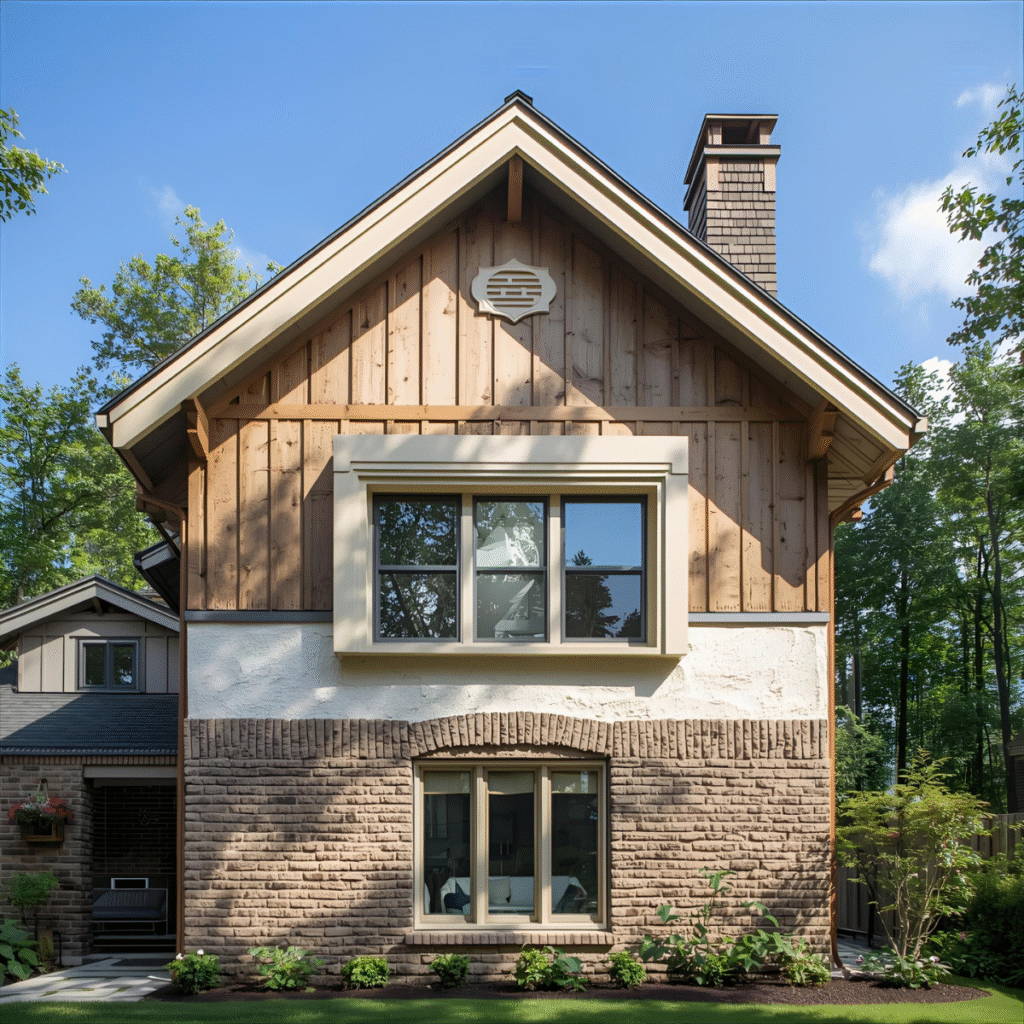When we think about strong and beautiful buildings, we usually focus on materials like cement, steel, tiles, or interiors. But one of the most important factors that often gets ignored is waterproofing. Without proper waterproofing, even the strongest structures can develop cracks, dampness, leakage, and mold within a few years. Waterproofing is not just an optional treatment; it is a must-have for the durability, safety, and comfort of any building.
In this blog, we will break down the concept of waterproofing in simple terms so you can understand what it is, why it matters, and how it is done in modern construction.
What is Waterproofing in Construction?
Waterproofing is the process of making a structure resistant to water penetration. In simple words, it is a protective shield applied to buildings to stop water from entering walls, roofs, foundations, or other parts of the structure.
Concrete, bricks, and mortar are not naturally waterproof. They are porous, which means they absorb water. If left untreated, this water seeps inside the walls and floors, leading to damp patches, peeling paint, fungus growth, and even weakening of the structure over time. Waterproofing solutions seal these gaps and act as a barrier between water and the building.
Why Waterproofing is Important
Every year, countless buildings face problems like leakage from roofs, damp basements, and water seepage from bathrooms or balconies. These problems not only spoil the appearance of the house but also cause structural damage.
When water enters concrete, it corrodes the steel reinforcement inside, making the building weaker and unsafe. In addition, constant dampness leads to mold, which can cause health problems such as allergies and breathing difficulties.
By investing in good waterproofing at the time of construction, you are not just protecting walls and floors – you are extending the life of the entire building and ensuring a healthy living environment.

Common Areas That Need Waterproofing
Not every part of a building requires the same level of waterproofing, but there are certain areas that are more vulnerable to water damage. These include:
- Roofs and terraces, where rainwater directly falls and collects.
- Bathrooms and toilets, because of continuous exposure to water.
- Basements and foundations, as they are in direct contact with groundwater.
- Kitchens and balconies, which deal with washing, cleaning, and weather exposure.
- Water tanks, both overhead and underground, since they constantly hold water.
Each of these areas requires specific waterproofing treatments to ensure long-term protection.
Types of Waterproofing Used in Construction
Modern construction uses several methods of waterproofing depending on budget, location, and building design. Some of the most common techniques include:
- Cementitious Waterproofing – A simple and cost-effective method where cement-based coatings are applied to surfaces like bathrooms and kitchens.
- Liquid Waterproofing Membranes – A liquid coating is applied that forms a flexible, rubber-like layer on roofs or walls, preventing cracks and leakage.
- Bituminous Coating and Membranes – Often used in basements and foundations, bitumen-based products provide strong water resistance.
- Polyurethane Waterproofing – A high-performance coating ideal for flat roofs exposed to weather.
- Integral Waterproofing Compounds – Special chemicals mixed into concrete during construction to make it resistant to water absorption.
Each technique has its own advantages, and often a combination of these is used in a project for complete protection.
Waterproofing During Construction vs. After Damage
One of the most common mistakes homeowners make is treating waterproofing as a repair solution instead of a preventive measure. Many people wait until their walls develop damp patches or their ceilings start leaking before thinking about waterproofing.
While post-construction waterproofing is possible, it is always more costly and complicated. The better option is to integrate waterproofing solutions during the initial construction itself. This way, your structure remains protected from the start, and you avoid the expense and inconvenience of repairs later.

Choosing the Right Waterproofing Solution
There is no “one-size-fits-all” solution when it comes to waterproofing. The right method depends on the type of building, the local climate, the area being treated, and the budget. For example, in areas with heavy rainfall, roof and foundation waterproofing should be more advanced, while in drier regions, basic protection may be enough.
Consulting a professional contractor or waterproofing expert is always recommended. They can assess your site conditions and suggest the most suitable and long-lasting solutions. Remember, quality waterproofing is an investment – not an expense.
The Role of Good Workmanship
Even the best waterproofing products can fail if not applied correctly. Proper surface preparation, correct mixing ratios, and skilled application are critical. Poor workmanship often leads to cracks, air gaps, or thin coatings that water can easily penetrate.
This is why it is essential to hire trained professionals rather than treating waterproofing as a do-it-yourself job. Good workmanship ensures that the waterproofing layer is uniform, durable, and capable of withstanding weather and time.
Long-Term Benefits of Waterproofing
The true value of waterproofing is seen in the long run. A well-waterproofed building enjoys:
- Stronger structural life, because steel and concrete remain protected.
- Better aesthetics, as walls stay free from damp patches and peeling paint.
- Lower maintenance costs, since you avoid repeated repairs.
- Healthier living conditions, with no mold or dampness.
- Higher property value, as buyers always prefer homes that are well-protected against water damage.
In short, waterproofing is not just about preventing leakage today – it is about ensuring safety, comfort, and savings for decades.
Conclusion
Waterproofing is one of the most crucial aspects of construction that homeowners and builders must never ignore. It may not be as visible as flooring or paint, but it plays a bigger role in the strength, safety, and longevity of a building.
By using the right methods, choosing good materials, and ensuring proper application, you can protect your building from water damage for years to come. Whether you are constructing a new home or renovating an old one, waterproofing should always be a top priority.
Think of it as insurance for your house – an investment that keeps your structure strong, your interiors beautiful, and your family safe.
